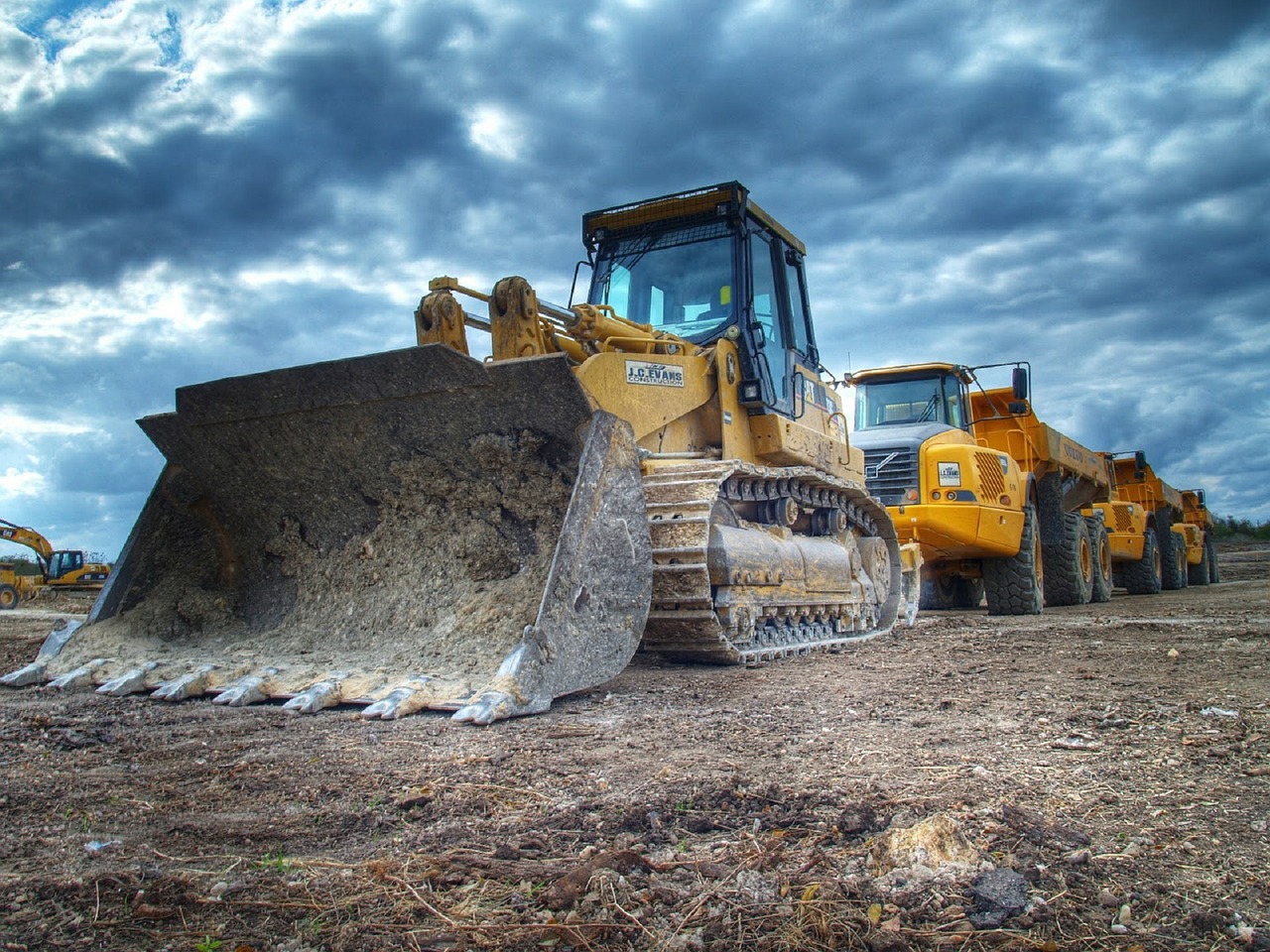
Child Forced Labor Part I: The Mining Industry
This blog is the first in a three part series discussing the overlooked topic of child forced labor in large industries such as mining, agriculture and manufacturing. In the field of human trafficking, child forced labor is often inadvertently ignored leading to serious consequence for the world’s children. Child forced labor occurs more often in lesser developed countries with weak child labor laws and this blog will focus on the two continents where the mining industry exploits child labor the most: Africa and Asia. Forced child labor in the mining industry is a rampant problem. Due to their small size, children are often recruited to work deep in the underground mines where they are forced to work in unclean, hazardous conditions.
Africa
Mining for precious metals and rocks such as gold and diamonds top the list of the industries most likely to employ child labor in Africa. A recent PBS report stated that there are almost one million children currently working in the gold mines in Africa. For less than $2 a day, children as young as five spend 12-15 hours a day in mining gold in Burkina Faso, Mali and the Democratic Republic of Congo. Many times the children are orphaned from various wars and conflicts that persist in much of the African continent and are drawn to the mines for survival. Children are also exploited as forced labor in the diamond mines of Angola, Sierra Leone and Zimbabwe. All three countries have barely recovered from brutal, violent, civil wars and children are often forced to mine for what is commonly known as “blood diamonds” or “conflict diamonds,” where the military or rebel group still controls the diamond mines with machine guns, beatings and death.
Asia
Much like in Africa, the mining industry in Asia largely relies on children working in slave-like conditions in the coal and stone quarries but the difference is many children have families to go home to every night but all family members must work in order to survive. In the remote northeast area of India, children as young as eight flock to the coal mines looking for the lucrative $4 a day jobs to help support their impoverished families. In Nepal children belonging to the underprivileged castes work in the stone quarries, carrying backbreaking rocks next to their families, with some children beginning to work as young as ten years-old.
Health Concerns
There are an estimated 215 million children working in exploitative conditions around the world and according to the International Labor Organization 115 million of these children are working in hazardous conditions. Mining is a type of work that is hazardous to children in every way. Forced to spend 10 or more hours a day in dark, cramped and dank mines filled with poisonous chemicals, children “constantly risk fatal accidents due to falling rock, explosions, collapse of mines walls and the use of equipment designed for adults.” Children working in the gold mines face mercury poisoning; in coal mines, children inadvertently consume toxic coal dust and children in diamond mines and stone quarries are subject to Silicois, a painful lung disease caused by ingesting tiny pieces of sand and stone that make it difficult to breath. Over 32,000 children involved in forced labor die every year from hazardous working conditions. Most children that do survive into adulthood remain uneducated and impoverished and must continue working in the mines until death or injury renders them unable, continuing the vicious cycle of exploitation.
